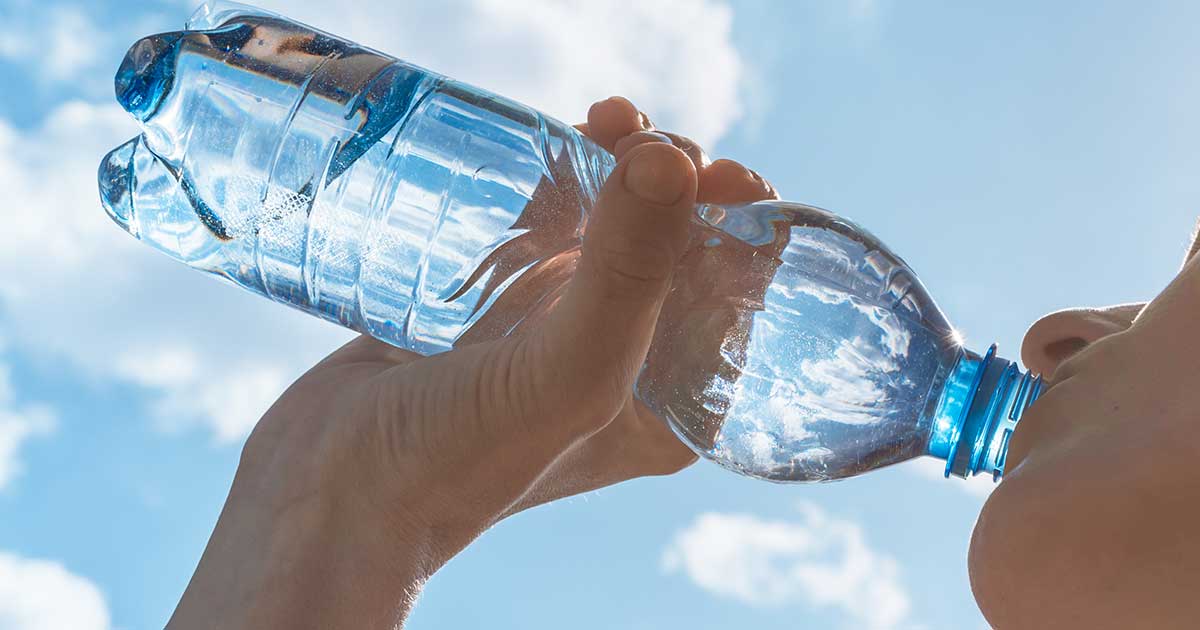
Plastic water bottles have become ubiquitous in our quest for convenient hydration. Yet, recent scientific revelations have exposed these containers as more than just an environmental blight; they are a potential health menace. This comprehensive guide delves into the hidden dangers of plastic water bottles, emphasizing the urgent need to rethink our hydration sources.
Understanding Microplastics
Microplastics, defined as particles less than five millimeters in size, primarily stem from the degradation of larger plastic products like water bottles. These minute fragments are now global environmental pollutants, infiltrating ecosystems from our oceans to the very air we breathe.[1] The disintegration of plastic products releases these particles, which subsequently enter our food chain through contaminated water and seafood.[1][2] The omnipresence of microplastics prompts critical concerns about their impact on human health and the environment, necessitating thorough research into their long-term effects.[2]
Health Risks of Microplastics
The health implications of microplastic exposure are deeply troubling. These tiny invaders can accumulate in human tissues, potentially causing cellular havoc. They are known for their endocrine-disrupting capabilities, threatening to imbalance hormonal systems. Additionally, microplastic exposure heightens the risk of chronic inflammation and immune system complications.[2] Alarmingly, the complete spectrum of long-term health effects remains largely unexplored, making their environmental ubiquity a ticking bomb for public health.
Microplastics in the Human Body
The intrusion of microplastics into the human body presents a grave concern. These particles can penetrate our organs, including the brain and heart, leading to unprecedented health risks.[2] Studies have highlighted that microplastics can carry toxic chemicals such as Bisphenol A, known for causing cellular damage.[3] The potential for these particles to contribute to serious diseases such as cancer, cardiovascular disorders, and neurological issues is a pressing matter for human health.[2][3] Microplastics in our bodies symbolize the deep penetration of environmental pollution into our daily lives, underscoring the urgent need for global action to address this health crisis.
The Environmental Perspective
Microplastics’ environmental impact is extensive, posing a significant ecological crisis. These particles contaminate diverse ecosystems, including oceans, rivers, and soil, and harm marine and terrestrial life.[1] When marine animals ingest microplastics, it leads to bioaccumulation, wherein the particles ascend the food chain, ultimately affecting human consumers.[4] This environmental calamity contributes to biodiversity loss and disrupts fragile ecological balances. The persistence of microplastics in nature is a potent reminder of the enduring consequences of our plastic dependency, compelling a reevaluation of our consumption patterns and waste management systems.
Sustainable and Healthier Alternatives
Facing the alarming threats of plastic water bottles, transitioning to sustainable hydration alternatives is imperative for health and environmental conservation. Replacing plastic with stainless steel or glass bottles significantly reduces exposure to harmful microplastics while aiding in ecological protection. Though these alternatives represent a modest individual contribution, their collective adoption can substantially decrease plastic waste and its associated risks. Embracing these eco-friendly solutions signifies a commitment to personal health and a dedication to preserving our planet for future generations.
Conclusion
The issue of plastic water bottles, especially their role in microplastic pollution, is a daunting health and environmental challenge. As awareness of these dangers increases, it becomes critical to adopt more sustainable habits. By choosing eco-friendly alternatives and pushing for broader environmental reforms, we can help mitigate these risks. This shift is more than just about personal choice; it represents a collective movement towards a healthier, more sustainable future. The decisions we make today will shape our planet’s well-being and future generations’ health, highlighting the importance of making informed and responsible choices.
References:
- “Microplastics on Human Health: How Much Do They Harm Us?” UNDP, 5 June 2023.
- Campanale, Claudia, et al. “A Detailed Review Study on Potential Effects of Microplastics and Additives of Concern on Human Health.” International Journal of Environmental Research and Public Health, 2020.
- Nayak, D., Adiga, D., Khan, N.G. et al. “Impact of Bisphenol A on Structure and Function of Mitochondria: A Critical Review.” Reviews Environmental Contamination, 2022.
- Yee, Maxine Swee-Li, et al. “Impact of Microplastics and Nanoplastics on Human Health.” Nanomaterials, 2021.




Leave a Reply
Your email is safe with us.